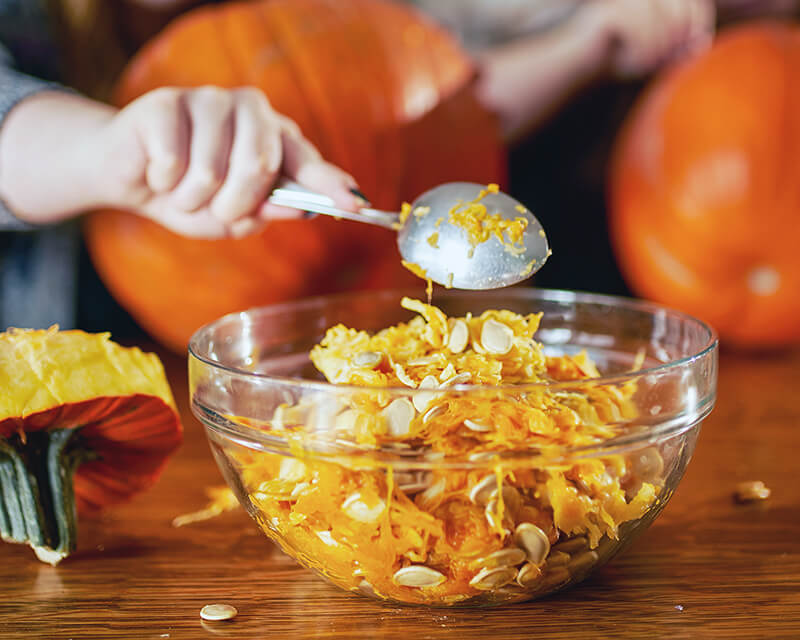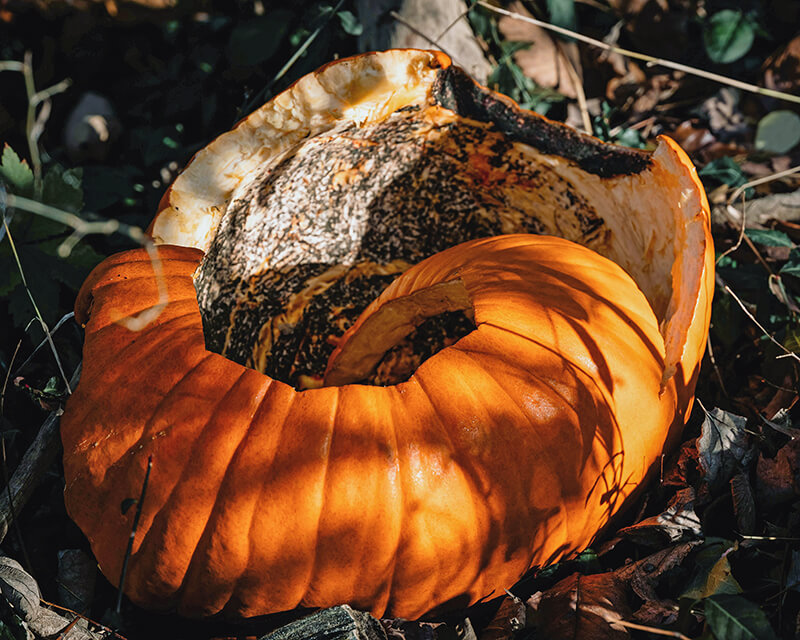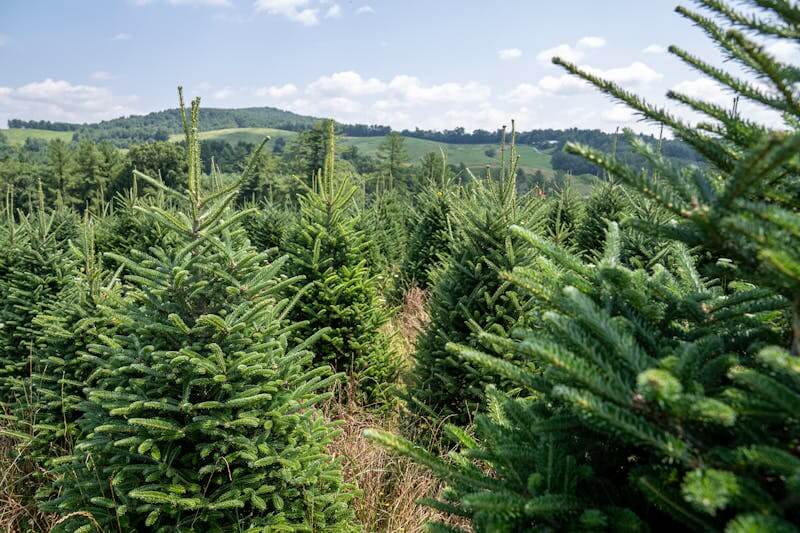
Pumpkins... Not Just For Halloween (Grades K-2)
Students estimate the size and weight of pumpkins, sprout pumpkin seeds, and make pumpkin pie in a bag.

Students estimate the size and weight of pumpkins, sprout pumpkin seeds, and make pumpkin pie in a bag.

Students investigate the phenomenon of decomposing pumpkins as a part of the plant's life cycle.

Students explore the history of the Christmas tree, explain the life cycle of a conifer, identify types of trees and how they adapt, discover what it's like to work on a Christmas tree farm, and examine the ecology of conifer trees.
Students identify what cows and humans need to survive by exploring the physical characteristics of cows and the food, water, shelter, and other environmental needs of cows compared to their own needs. Students also examine how farmers work to meet the needs of their cows.
Students explore the basic needs of animals and create a model of a modern pig barn that will help farmers meet the needs of the animals.
Students explore the Census of 2020 by making a connection between shepherds counting their sheep and counting the population of the United States.
Students explore their state's specialty crops, discover how food gets from the farm to the table, and discuss the importance of eating fruits and vegetables every day.
Students use the story The Little Red Hen to investigate wheat production and bread making. Students thresh their own wheat and grind it into flour to make bread.
Students use the story of The Empty Pot to explore literature and science, practicing story mapping and examining the needs of plants and the importance of soil and water. Like the characters in the story, students plant and observe the growth of seeds.
Students explore appropriate serving sizes and determine how to make healthy dietary decisions by identifying the components of nutrition as illustrated by MyPlate.
Students describe the physical properties of materials and observe physical and chemical changes as they explore the ingredients in pancakes and how maple syrup is harvested from trees.
Students identify the process used by plants to make their own food and discover how photosynthesis provides the food they eat.